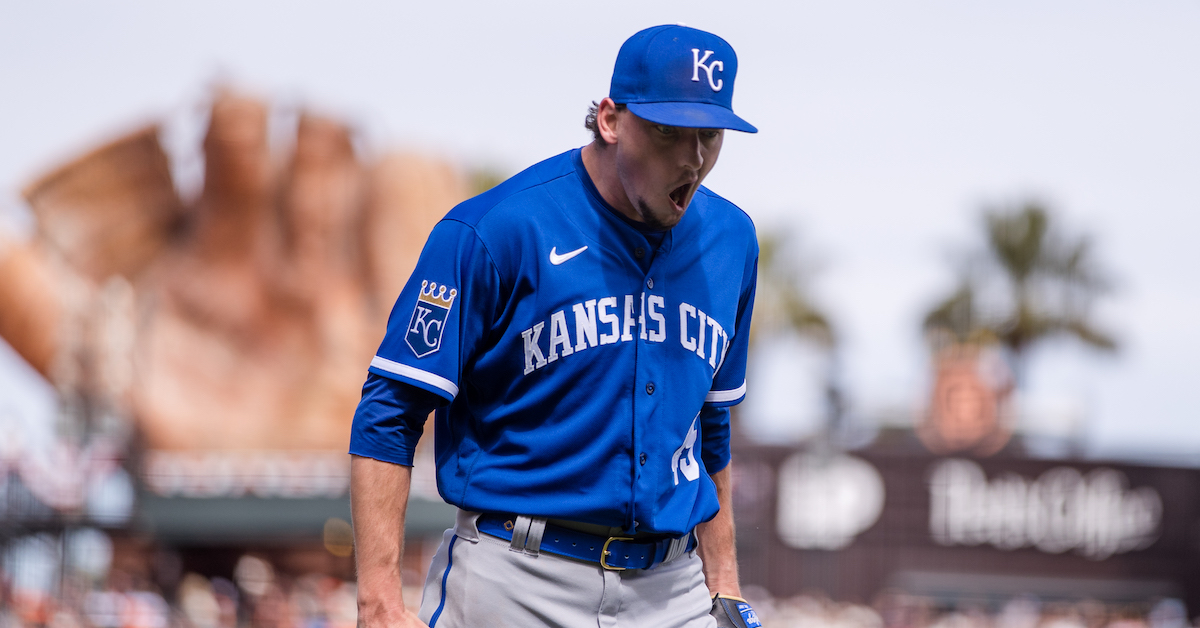With His Hot Start, Bryan Reynolds May Be Hitting His Way Out of Pittsburgh

Oneil Cruz’s fractured fibula is the biggest story surrounding the Pirates. On the positive side, the return of Andrew McCutchen to the fold is neat, and Tuesday night’s walk-off home run by Ji Hwan Bae was pretty cool. To these eyes, however, the most noteworthy thing about Pittsburgh thus far — even beyond the fact that the team’s 7–4 start is its best since 2018 — has been the torrid play of Bryan Reynolds. The 28-year-old outfielder has been the one of the game’s hottest hitters, and he’s done it as progress toward a contract extension has ground to a halt just when it seemed that a deal to keep him in black and gold was within reach.
Reynolds ended last weekend as one of seven players who had collected hits in every game this season (José Abreu, José Ramírez, Nolan Arenado, Randy Arozarena, Bryson Stott, and Jordan Walker were the others). He and Abreu both went hitless in Monday night’s Pirates-Astros contest, and by the close of play Tuesday, only the streaks of Stott and Walker remained intact. Still, season-opening hitting streaks come and go pretty quickly; of more interest is that Reynolds has been putting up eye-opening numbers. Through Tuesday, he’s hitting .356/.367/.778, leading the NL in slugging percentage and homers (five) and ranking fifth in WAR (0.7) and wRC+ (184). Mind you, those numbers looked even more impressive before his 1-for-8 on Monday and Tuesday nights, but the sudden itch to write about Adam Duvall, an even hotter hitter in this young season, going down with a wrist injury got in my way.
For Duvall, Reynolds, and everyone else, we’re still in Small Sample Theater territory, but as with the Red Sox slugger, some underlying numbers have me wondering if we’re seeing real improvements to his game. For starters, like Duvall, he’s cut his strikeout rate dramatically: Last year he struck out 23% of the time, and for his career he’s at 21.5%, but this year, that’s down to 10.2%. Given that strikeout rates stabilize around 60 PA and that Reynolds is at 49, this could wind up being noteworthy, though unlike Duvall, his swinging-strike rate hasn’t fallen quite so dramatically, going from 12.9% last year to 11.9% this year. His 31.1% chase rate is down 4.5 points from last year, when he tried to hack his way out of a slow start, and is just half a point lower than his career mark, but even so, he’s walking in just 4.1% of his plate appearances, less than half of his 9.7% career mark.
All of this translates to more contact than usual for Reynolds, and he’s making the most of it. Seriously: He’s hitting the ball in the air much more than ever, and his average exit velocity, barrel rate, and hard-hit rate are beyond anything in the Bryan Reynolds catalogue. Read the rest of this entry »









